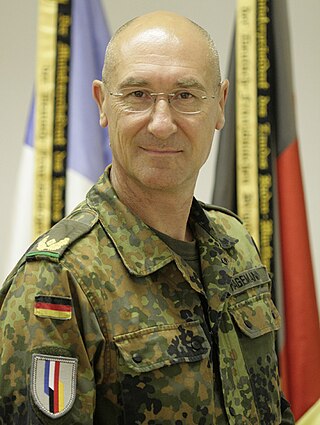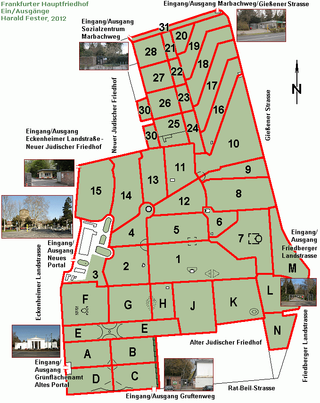
A Burschenschaft is one of the traditional Studentenverbindungen of Germany, Austria, and Chile . Burschenschaften were founded in the 19th century as associations of university students inspired by liberal and nationalistic ideas. They were significantly involved in the March Revolution and the unification of Germany. After the formation of the German Empire in 1871, they faced a crisis, as their main political objective had been realized. So-called Reformburschenschaften were established, but these were dissolved by the Nazi regime in 1935/6. In West Germany, the Burschenschaften were re-established in the 1950s, but they faced a renewed crisis in the 1960s and 1970s, as the mainstream political outlook of the German student movement of that period started learning more towards the left. Roughly 160 Burschenschaften exist today in Germany, Austria and Chile.

The Senckenberg German Entomological Institute is a German entomological research institute devoted to the study of insects. Founded in 1886, the institute has an extraordinary insect collection and a world-class entomological library. Since 2009, the SDEI has been part of the Senckenberg Nature Research Society.

General of the Infantry is a former rank of the German army. It is currently an appointment or position given to an OF-8 rank officer, who is responsible for particular affairs of training and equipment of the Bundeswehr infantry.
Members of the Bavarian Maximilian Order for Science and Art, awarded to acknowledge and reward excellent and outstanding achievements in the fields of science and art. It is based in Bavaria, Germany.

The Friedenspark is an open space of about 20 hectares in the centre of Leipzig, in the district of Zentrum-Südost, located between the Ostplatz to the north and the Russian Memorial Church to the south. The park was opened in 1983, after the secularisation and clearance, under the then East German regime, of the Neuer Johannisfriedhof, which is what the space used to be, and its thorough reconstruction.

The Collegium Fridericianum was a prestigious gymnasium in Königsberg, Prussia. Alumni were known as Friderizianer.

The Frankfurt Main Cemetery is the largest cemetery in Frankfurt am Main, Germany. It was opened in 1828. The cemetery is located directly adjacent to two Jewish cemeteries—the Old Jewish Cemetery and the New Jewish Cemetery, Frankfurt —and together they form one of the largest cemetery areas in Germany. The cemetery is noted for its many monumental graves, its garden architecture and as the site of the graves of many notable individuals.


















